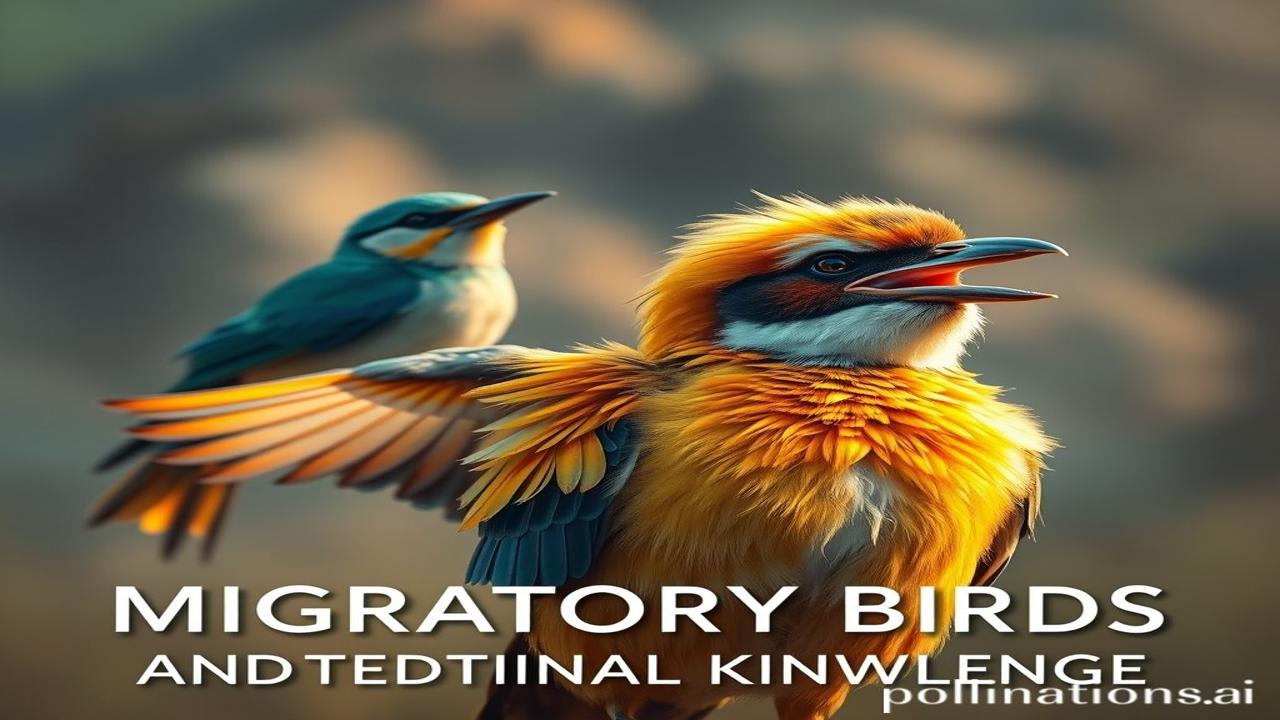Pankhon Ki Zubaan: Migratory Birds, Ancient Wisdom, and Our Forgotten Connection
Kabhi kabhi, shaam ke dhundalke mein, mujhe aisa lagta hai jaise hawa mein kuch sargoshiyaan ho rahi hain. Jaise koi purani kahani hai jo aadhi sunai de rahi hai. Woh kahani hai pankhon ki, un parindo ki jo har saal, bin bataye, humari dharti par aate hain… aur chale jaate hain. This story is about migratory birds, and the ancient wisdom that our ancestors wove around their arrival and departure.
Migratory Birds: Messenger of Seasons, Carriers of Knowledge
What are migratory birds? They are birds that move from one region to another, usually in search of food or to breed. This happens regularly, often seasonally. They’re like the ultimate globetrotters!
When and Where? This phenomenon happens across the globe, but in India, it has been observed and understood for millennia. Think of the Gangetic plains swarming with Siberian Cranes in winter, or the flamingos painting the Rann of Kutch pink. Our ancestors, long before scientists with binoculars, understood the rhythm of these avian visitors.
Why is it important? Migratory birds aren’t just pretty to look at. They are vital for the ecosystem, pollinating plants, dispersing seeds, and controlling insect populations. And, importantly, they acted as living calendars for ancient Indian communities. Their arrival signaled the start of planting season, their departure the time for harvest.
Zameeni Sach: The Farmers, The Poets, and The Bird Whisperers
Imagine a farmer in the Indus Valley Civilization, around 2500 BCE. He’s watching the sky, not for rain, but for the arrival of the Kurari – a bird that signaled the coming of the monsoon. He knew, intuitively, that when the Kurari arrived, it was time to prepare the land for planting. This knowledge wasn’t written in a book; it was passed down through generations, through stories, songs, and rituals.
Think of the poets of ancient India, inspired by the flight of the Chakor to write about longing and separation. ” Piya bina, mori ankhiyan dukhe re…” (Without my beloved, my eyes ache). The Chakor, a bird often associated with the moon, became a symbol of passionate yearning.
Dialogue from the past:
” Baba, woh dekho, Saras aa gaye!” (Grandfather, look, the Saras cranes have arrived!) shouted little Ramu, pointing at the majestic birds landing near the village pond.
“ Haan beta,” replied the old farmer, his eyes twinkling. “ Yeh Saras sirf parinde nahi hain, yeh khushhali lekar aate hain. Ab hamara khet hara bhara hoga.” (Yes, son, these Saras aren’t just birds, they bring prosperity. Now our fields will be green and abundant).
Dharohar aur Pehchan: Echoes of the Past in Today’s India
Today, even as we rely on weather forecasts and scientific data, the echoes of this ancient knowledge remain. Many rural communities in India still observe the arrival of certain birds as indicators of weather patterns. Festivals like Makar Sankranti are intrinsically linked to the migratory patterns of birds and the changing seasons.
Bharatiyata and Modern Identity: This connection to migratory birds reminds us of our intimate relationship with nature. It emphasizes the importance of ecological balance and the value of traditional knowledge systems. It’s a reminder that we are not separate from nature, but an integral part of it.
Mazedaar Tathya ya Bhram-Bhanjak: Did You Know?
Log samajhte hain ki birds always migrate to the same exact location every year, but asli sach yeh hai that while they generally return to the same region, the specific nesting or feeding spots can change due to habitat destruction or changing weather patterns. They are resilient and adaptable!
Drishya aur Bhavnayein: Painting the Picture
Imagine the air thick with the scent of freshly turned earth, mixed with the faint, salty tang of the approaching monsoon. The sound of the Kurari’s distinctive call echoing across the plains, a song of hope and renewal. The temple walls, warm to the touch after a long, hot summer, decorated with intricate carvings of birds in flight.
Antim Vichar ya Uddharan: A Flight of Reflection
“Ud chala hans akela,” (The swan flies alone). Like the migratory bird, we too are on a journey, a constant search for meaning and belonging. May we always remember to listen to the whispers of nature, to learn from the wisdom of our ancestors, and to soar towards our own horizons with courage and grace.
